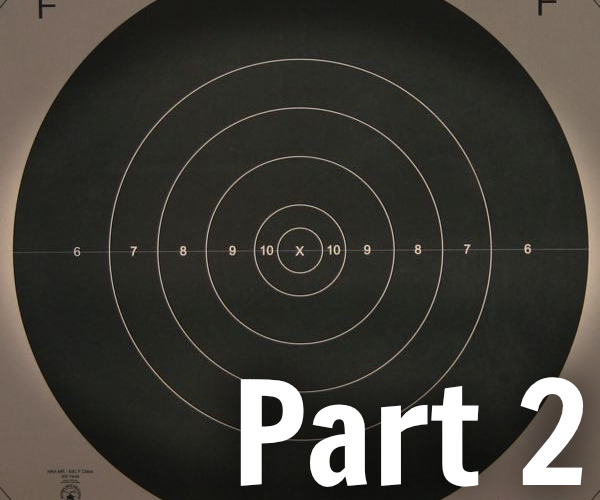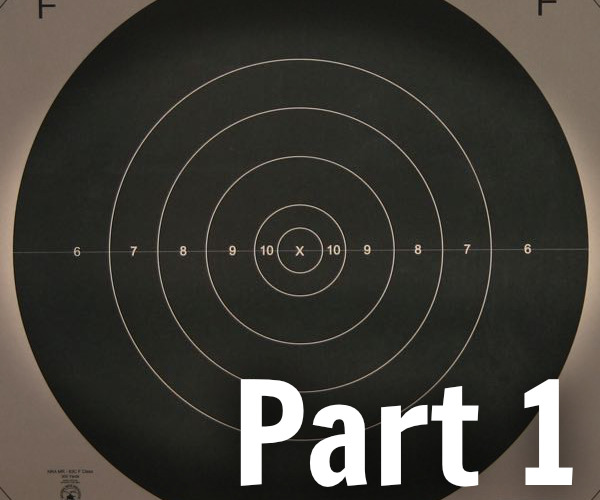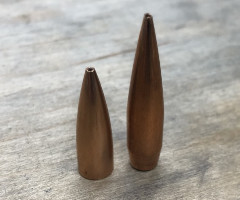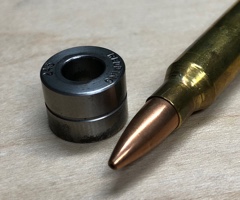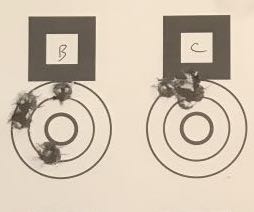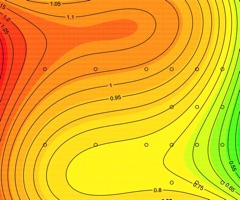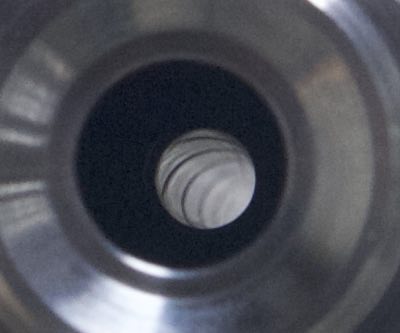Why Headwinds are More Difficult than Crosswinds
By Damon Cali
Posted on June 03, 2016 at 11:45 AM
Conventional wisdom says that shooting in a headwind or a tailwind can be more challenging than shooting in a similarly strong left to right wind. But is that true? If the wind is blowing hard left to right, surely that's going to deflect the bullet more than the same wind in your face, right? Lets take a closer look and see what's going on here.
It's NOT the Vertical
First of all, lets dispense with a common misconception - that head or tail winds are tricky because of the vertical deflection they induce. Yes, it's true that a headwind will cause the bullet to hit lower than it would in a no-wind situation. And a tail wind will cause a high impact. This is simple to explain: a headwind, from the bullet's perspective, means the air is flowing around the bullet faster. So the bullet will experience more drag force due to that increased air flow. That increased drag is like having an deflated BC - the drag will slow the bullet down and cause it to hit low. The reverse is true for a tail wind. A decreased drag force causes a high impact.
So why did I just go through explaining how a head/tail wind impacts vertical, only to say that it's not the problem? Simple - it's because the magnitude of the change is very small. Let's take a look at an example of an F Class shooter shooting Berger 185gr Juggernauts at 1,000 yards. A typical velocity for an F Class rifle set up this way might be 2,750 fps. Here are the vertical numbers according to the Bison Ballistics Calculator:
| No Wind Drop | 10 mph Headwind Drop | 10 mph Tailwind Drop |
|---|---|---|
| 335.7" | 338.5" | 333.0"" |
So a 10 mph change in head/tail wind will cause an elevation change at 1,000 yards of a click or two. This isn't a big deal.
Trigonometry
You can skip this section if you don't like math - just jump ahead to the simulation section to get the punch line. Otherwise, continue.
So if it's not vertical, then what is it? Why is a tail wind hard to shoot in?
First, think of wind as a vector. A vector is a thing that has both a magnitude and a direction. A simple example of a vector is velocity - you need to know both speed and direction to define it. Wind velocity is a vector.
Vectors, through the magic of trigonometry, can be broken down into components. That is, a wind vector at an angle to the shooter can be broken down into two equivalent, perpendicular vectors - one pointing along the shooter's line of sight, and the other pointing directly to the side. The magnitude of those two vectors is defined by the trigonometry as shown below.
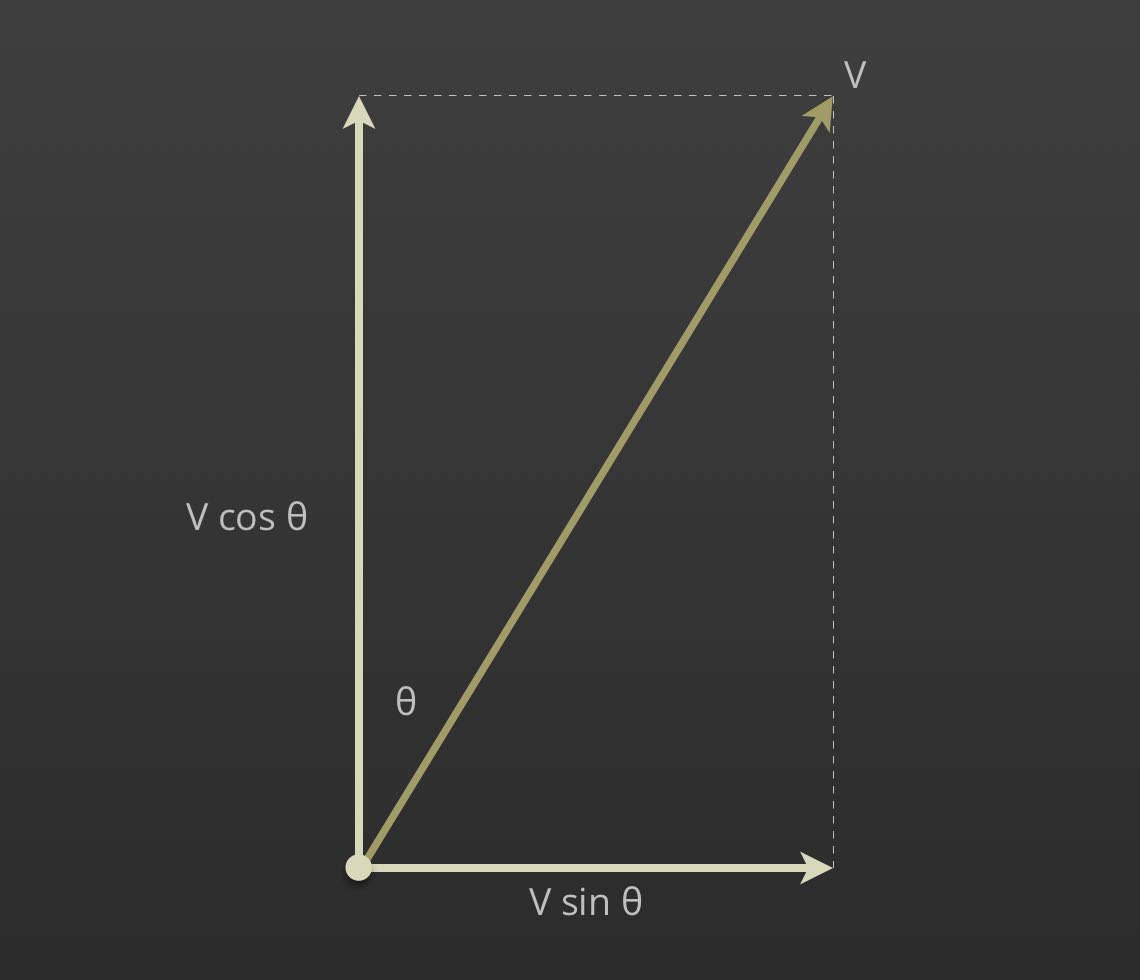
Physically speaking, we can replace the angled vector with the two perpendicular vectors and get the same result. In this case, that allows us to ignore the line of site component (as I described above), and concentrate solely on the sideways component (or crosswind), which is responsible for the wind deflection. I won't get into how that works, but you can trust that it's related to the size of that crosswind vector.
Now lets take a look at how that crosswind vector changes in size as we change the wind direction.
When the wind direction is directly to the side, it can move a few degrees either way, and it won't change the size of the crosswind vector very much.
On the other hand, when a head or tail wind moves a few degrees to either side, you see a much larger change in the size of the crosswind vector.
This is due to the simple mathematical relationship between the direction of the wind angle and the size of the component wind vectors:
crosswind component = wind speed x sine(wind angle)
headwind component = wind speed x cosine(wind angle)
That's why a half-value wind occurs at 30 degrees, and not 45 degrees. The sine of 30 degrees is 0.5.
All of that is complex way of saying that the wind deflection is more sensitive to changes in wind direction in a predominant head or tail wind than it is in a predominant crosswind.
A Simulation
In order to demonstrate the impact of this effect, I wrote a program that runs hundreds of individual "shots" through a ballistics calculator while changing various inputs. Applied Ballistics has a commercial product that you can buy that does something very similar called a WEZ (Weapon Employment Zone) analysis. If this sort of thing intrigues you, check it their AB Analytics software. I didn't use their software for this article, but it does basically the same thing.
I ran two simulations, each with 100 "shots". In one case there is a predominant 10 mph headwind that varies slightly by a few degrees from shot to shot. In the other case, the predominant wind direction is to the side, with the same shot to shot variation in wind direction. For the mathematically inclined, the wind direction follows a normal distribution with a standard deviation of 3 degrees. I think that's a fairly good simulation of a lightly fishtailing wind.
All other parameters are the same for the two cases: a Berger 185 Juggernaut fired at 2,750 fps at 1,000 yards.
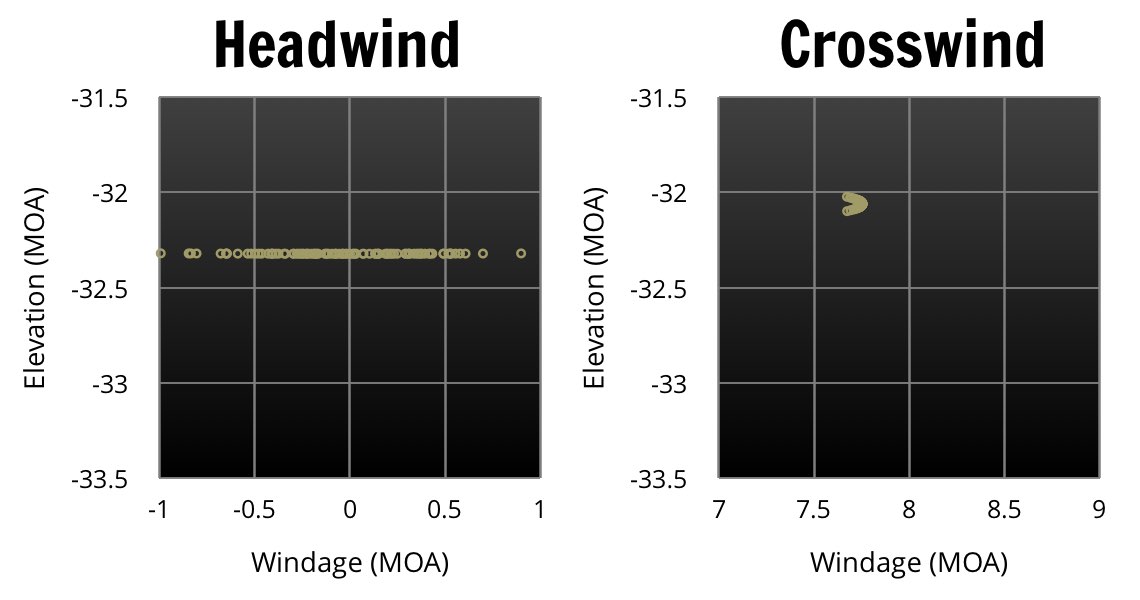
Notice that in the crosswind case, the center of our "group" is 7.75 MOA to the right, and that the slightly varying wind direction has caused deflections that range from about 7.6 to 7.75 MOA. By "center" I mean the impacts when wind is exactly at 90 degrees. Our group is about 0.15 MOA wide.
Now look at the headwind case. Our group is centered at zero MOA of windage. But look how much wider it is - it's approximately 2.0 MOA wide - over 10 times the width of the crosswind group. Keep in mind both cases have exactly the same variation in wind direction. The only difference is in the predominant wind direction.
Also of note is that the vertical deflection due to the change in impact is modeled in both cases - you can see why we ignore it. Interestingly, the vertical variation is higher in the crosswind case - this is again due to trigonometry. However, it doesn't matter because the effect is so small. Also note the veritcal difference between the two groups. It's pretty small.
Lets think about what creating a 2 MOA wide group will do to your F class scores. Not so hot, considering the 10 ring is about 1 MOA wide. Again, each simulation is 100 shots where the only variable that changes from shot to shot is the wind direction, and it changes only slightly.
So there you have it - there is truth to the statement that a headwind is harder to shoot in than a crosswind - and it's because of the increased sensitivity of windage adjustments to small changes in wind direction, not vertical stringing.
Practical Takeaway
Shooters can make use of this information just by being extra careful when shooting in a head or tail wind. It's tempting to shoot fast when you get a fairly stable condition. When you see a strong crosswind - you can ignore minor directional shifts and keep shooting so long as the speed seems steady. But in a head or tail wind, don't be so aggressive. Every little twitch counts, and you need to pay attention and pick your way through the conditions carefully.
Damon Cali is the creator of the Bison Ballistics website and a high power rifle shooter currently living in Nebraska.
The Bison Ballistics Email List
Sign up for occasional email updates.
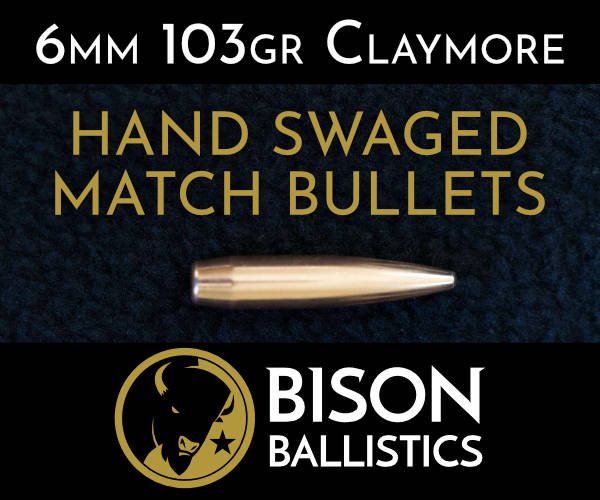

Want to Support the Site?
If you enjoy the articles, downloads, and calculators on the Bison Ballistics website, you can help support it by using the links below when you shop for shooting gear. If you click one of these links before you buy, we get a small commission while you pay nothing extra. It's a simple way to show your support at no cost to you.
